Groundbreaking Traditional Medicine Research Launches in Encinitas
San Diego Botanic Garden creates a national medicinal plants collection and research consortium
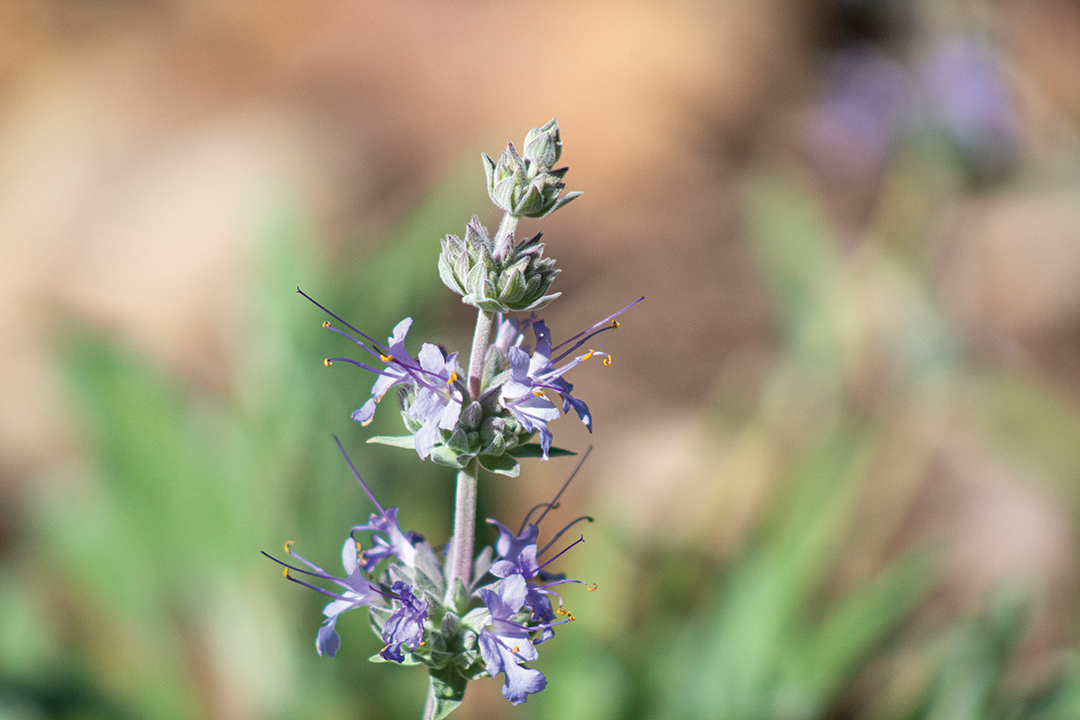
San Diego County is known to have the greatest biodiversity of any county in the lower 48 states, and within it, Encinitas has a long and storied history as a place where you can grow anything at all. Over the past 25 years, San Diego has become a major biotech hub, with resources ranging from UC San Diego and the Salk Institute to private companies in every area of pharmaceutical research. And long before San Diego or Encinitas ever existed, the area was already home to The Kumeyaay people and centuries of local ethnobotanical knowledge. This is critical, as is the region’s openness to alternative medical traditions, especially as they relate to quality of life.
As a testament to our region’s significance as fertile ground for both plants and research, earlier this year, San Diego Botanic Garden in Encinitas received $384,000 from The Conrad Prebys Foundation to launch a national medicinal plants collection and research consortium, a project that could not be more ambitious in scope or more ideally suited to San Diego.
“We’re still fighting an uphill battle against some people when it comes to traditional medicine,” says Benjamin Naman, PhD, the Garden’s newly-hired Director of Medicinal Plants Research, who, along with his colleagues, will be working to codify and bring into the scientific fold traditional medical practices.
“As I see it, the project has four pillars,” Naman says. “The first is to establish the medicinal plant collection, beginning with plants from the region and expanding from there. The second pillar is creating the curriculum for outreach and community involvement. I come from a very technical background, but we have people whose focus is horticulture — propagation and cultivation — as well as taxonomy and classification. The third pillar is the creation of the research consortium with all our partners, from the Kumeyaay to educational and research institutions to private industry. And the fourth pillar is proof of principle through drug and gene discovery.”
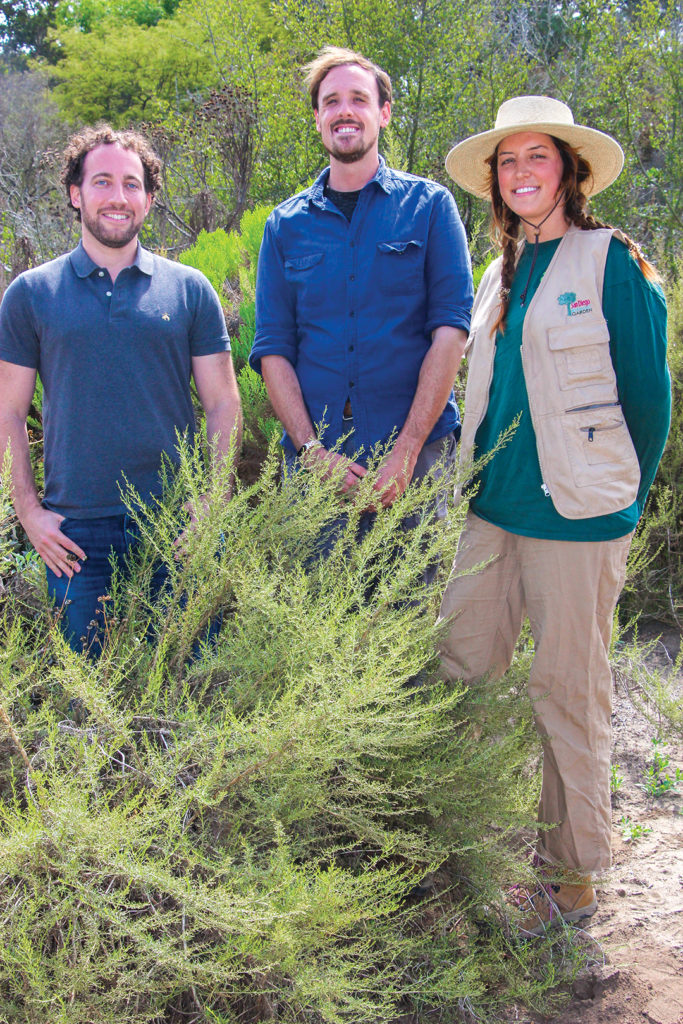
The reality is most of the drugs on the market were either developed from medicinal plants or have had their chemistry modified based on structures that came from those plants, explains Naman. “In fact, most of what we know as Western medicine came from the purification of principal components contained in traditional medicines, and that’s only been going on for last couple of hundred years, something many people are beginning to understand. Most Americans don’t know it, but the FDA will now approve plant extracts as drugs. They’ve actually instituted a term for it, ‘botanical drug,’ and there are hundreds if not thousands in the clinical trial pipeline.”
When it comes to the local plants that will be selected to begin the project, two are on Naman’s short list: Artemisia californica and yerba santa, two species and genera that have been used in traditional medicine wherever they grow.
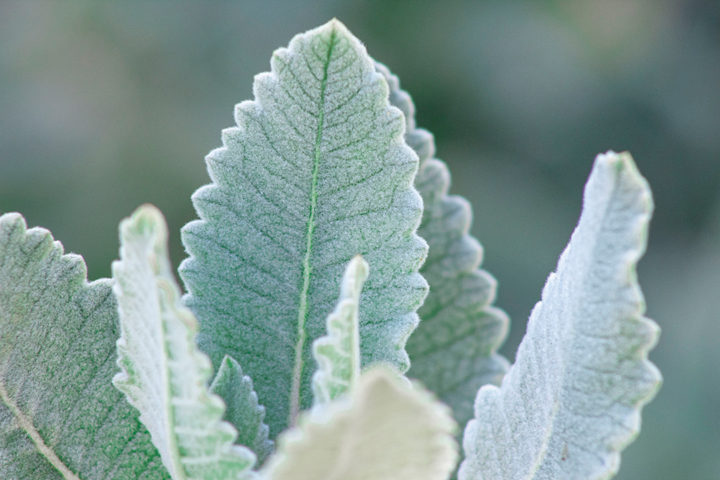
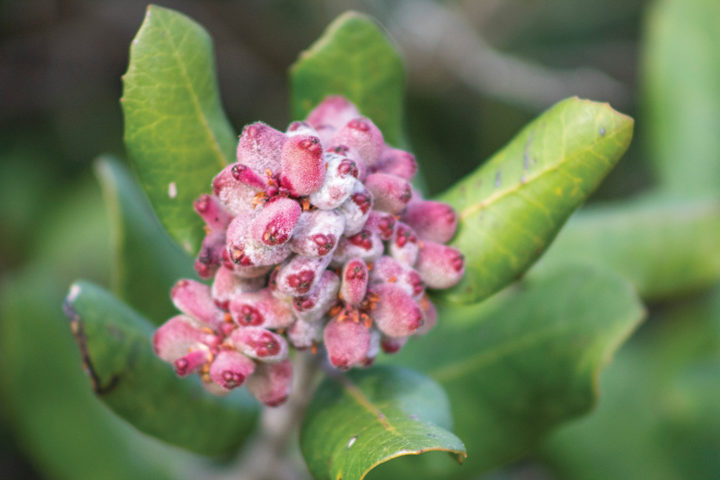
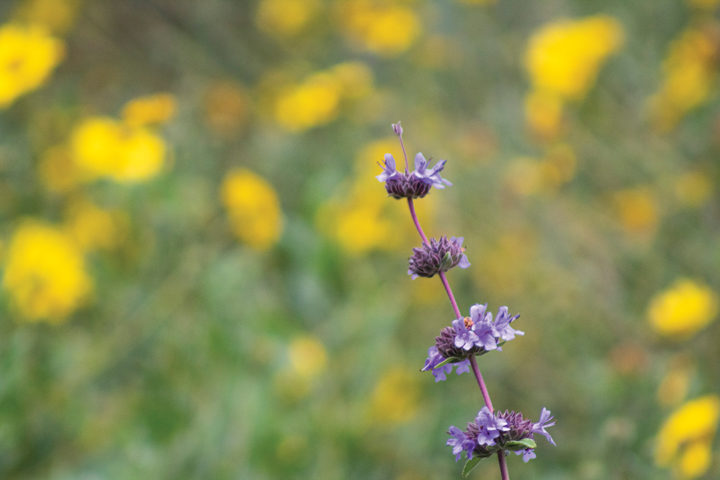
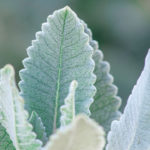
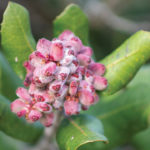
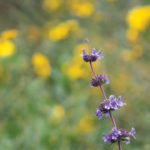
“Artemisia is something I really like to talk about,” says Naman. “The 2015 Nobel Prize for Physiology or Medicine was awarded to two scientists for two different natural product research projects. One was for the study of Artemisia annua, a Chinese variety of the plant, which led to the development of artemether, a drug that is now the standard of care for treating quinine- and chloroquine-resistant malaria.”
There are local varieties of Artemisia the Kumeyaay have used to treat fevers and infections for centuries. “We’re going to see if they are producing the same compounds — or possibly biologically active compounds that are completely different,” says Naman. San Diego Botanic Garden, designated one of the “Top 10 North American Gardens Worth Traveling For” by the American Gardens Association, has more than 200,000 visitors a year, and Naman says he’s “hoping the local history and recent Nobel Prize work will inspire the public to get involved.” To learn more or become a member of San Diego Botanic Garden, please visit the website. sdbgarden.org





Comments